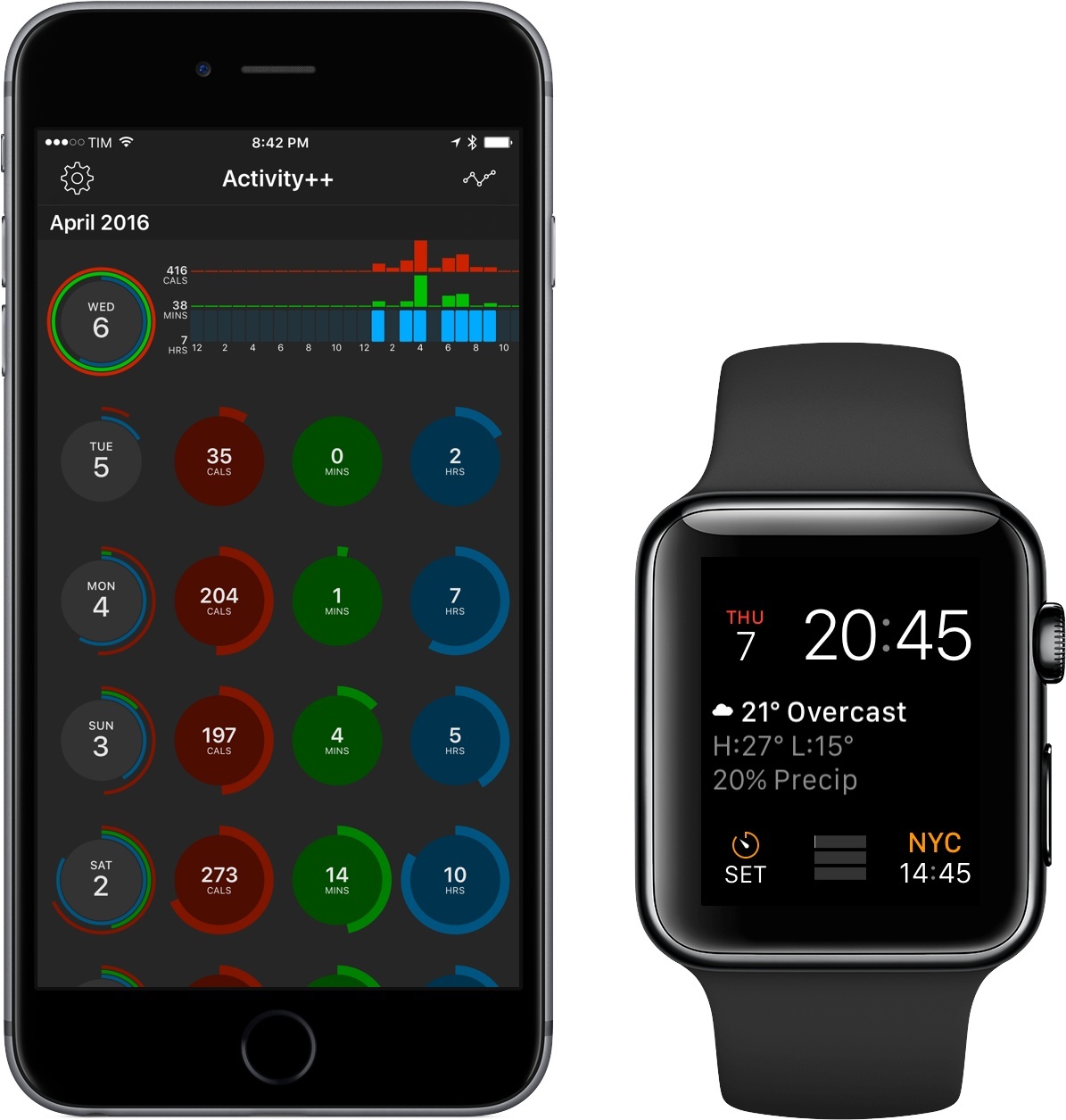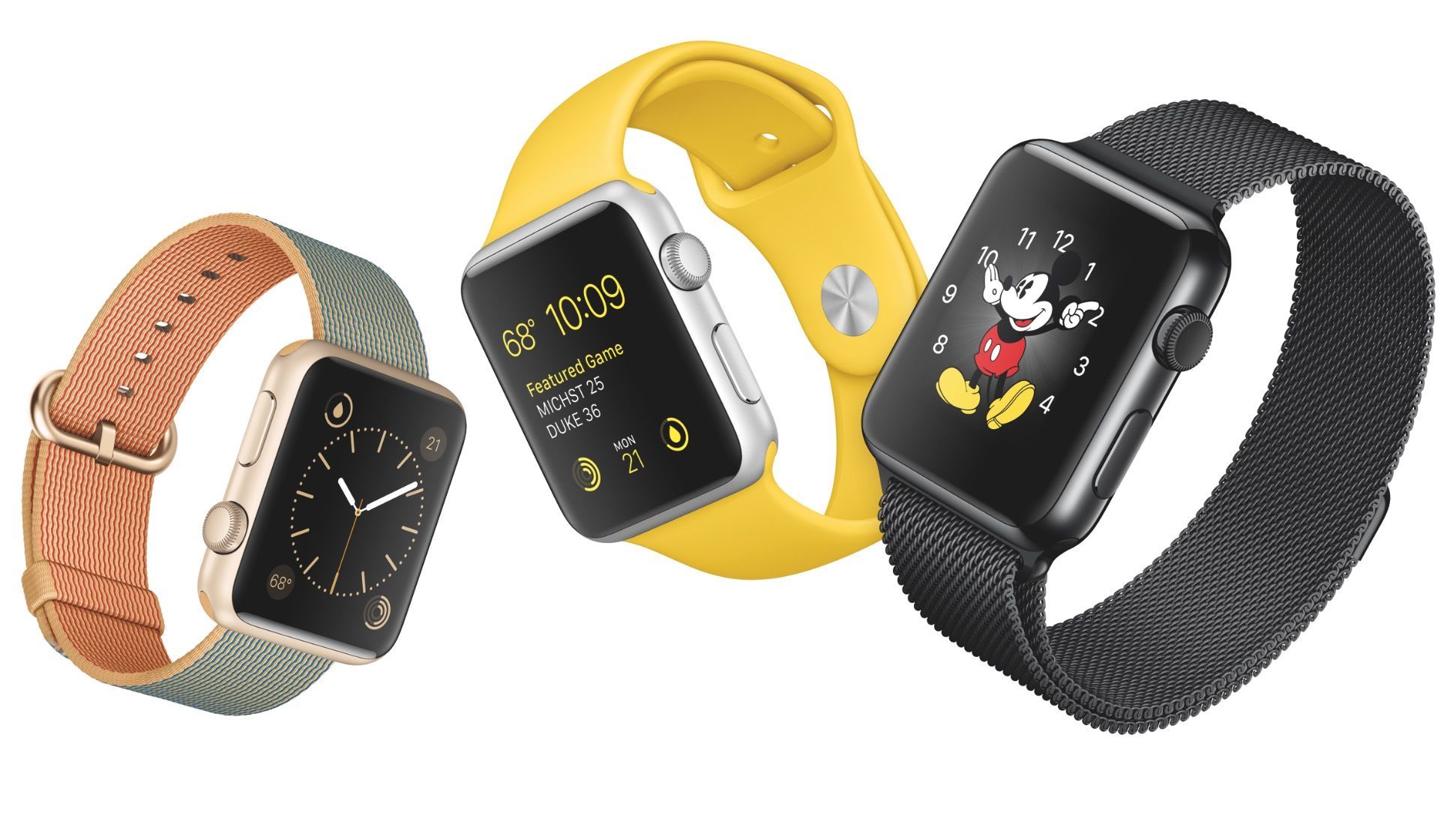It’s hard for me to disagree with the premise of Nilay Patel’s piece on Circuit Breaker about the Apple Watch: it’s slow.
If Apple believes the Watch is indeed destined to become that computer, it needs to radically increase the raw power of the Watch’s processor, while maintaining its just-almost-acceptable battery life. And it needs to do that while all of the other computers around us keep getting faster themselves.
I know what you’re thinking – you’re using the Apple Watch primarily for notifications and workouts, and it works well. I get that. But when something is presented as the next major app platform for developers and then every single app I try takes seconds to load (if it loads at all), you can understand why enthusiasm is not high on my list of Apple Watch feelings.
I didn’t buy the Watch for notifications. I bought it with the belief that in the future we’re going to have computers on our wrist. Patel is right here: the slowness of the Apple Watch is undeniable and it dampens the excitement for the Watch as the next big Apple platform.
I disagree, however, with his idea for another “choice” for Apple:
The other choice is to pare the Watch down, to reduce its ambitions, and make it less of a computer and more of a clever extension of your phone. Most of the people I see with smartwatches use them as a convenient way to get notifications and perhaps some health tracking, not for anything else. (And health tracking is pretty specialized; Fitbit seems to be doing just fine serving a devoted customer base.)
I’ve seen similar comments elsewhere lately. Even with the flaws of the first model, I think you’d be seriously misguided to think Apple would backtrack and decide to make the Apple Watch 2 a fancier Fitbit.
I still believe that, a few years from now, a tiny computer on our wrist will be the primary device we use to quickly interact with the outside world, stay in touch, glance at information, and stay active. All of these aspects are negatively impacted by the Watch 1.0’s hardware today. Looking ahead, though, what’s more likely – that Apple shipped a product a bit too early and then iterated on it, or that the entire idea of the Apple Watch is flawed and Apple should have made a dumber fitness tracker instead?
If anything, Apple’s only choice is to continue to iterate on the original Watch idea: your most personal device. Faster, more sensors, faster apps, smarter apps, a lot more customization options. Gradually and then suddenly, we’ll realize the change has been dramatic.
That, of course, doesn’t soften my disappointment for the state of the Apple Watch as an app platform today. But knowing how Apple rolls, it makes me optimistic for its future.



